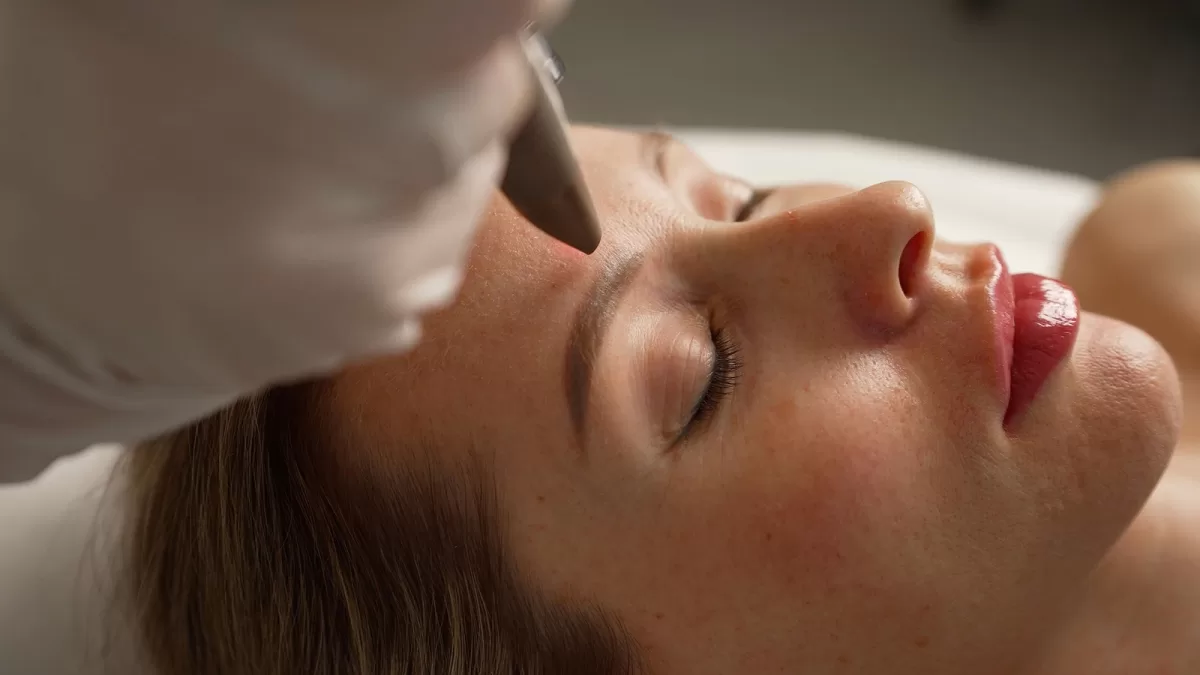In a recent study that surveyed cosmetic dermatologists, it was found that the most popular topical anesthetic used was benzocaine 20% / lidocaine 6% / tetracaine 4% cream. This combination cream is only available using the services of a compounding pharmacy or through compounding performed in-house. The adoption of compounded topicals by dermatologists has grown in recent years as more are discovering they can be more effective than typical topical anesthetics.
Why Topical Anesthetics?
Topical anesthetics allow for many cosmetic procedures to be more comfortable for patients. They can reduce the need for more involved anesthetics like injections and oral pain medications. From the results of this survey, it is clear almost all cosmetic dermatologists use topical anesthetics. Many over-the-counter numbing products exist, as well as some prescription-strength creams. Most OTC numbing creams have a maximum of 20% benzocaine or 5% lidocaine in a product with only one numbing ingredient.
Topical Anesthetics for Lasers
In the Journal of Drugs in Dermatology, research was published from a recent survey of cosmetic dermatologists. Of the 40 dermatologists who responded, 39 of them used topical anesthetics in their practice. The most frequent responses for what procedures topical anesthetic was used included fractionally ablative lasers and fractionally non-ablative lasers.
Ablative lasers remove the top layer of skin and also heat the lower layers of skin to stimulate collagen production. Non-ablative lasers also heat the skin but are less destructive to the epidermis. Non-ablative lasers have less downtime but produce less significant changes to the appearance of the skin.
Both types of laser can be fractional, which means that small areas of skin are left untreated in between the treated areas. This technology helps reduce recovery time and improves healing compared to earlier laser models. These lasers can help reduce fine lines and wrinkles and improve skin tone.
Other Cosmetic Treatments and Topical Anesthetics
Topical anesthetics like BLT cream are not just useful for numbing before fractional laser treatment. Many cosmetic treatments can be made more comfortable using a topical anesthetic. This includes injections of Botox or fillers, microneedling, and laser/RF/ultrasound treatments. Its versatility, efficacy, and safety are reasons why BLT cream is the most popular topical anesthetic with cosmetic dermatologists.
Side Effects
The survey assessed if there have ever been any adverse events associated with using topical anesthetics in the respondents’ practices. Most dermatologists surveyed said that their patients had experienced few adverse effects, with only a small number of patients experiencing side effects.
Compounded Numbing Creams
A compounding pharmacy is able to provide products in concentrations and in combinations that are not commercially available. For example, National Pharmacy makes BLT and LT creams in the following formulations:
- Benzocaine 20%, lidocaine 6%, tetracaine 4%
- Benzocaine 20%, lidocaine 8%, tetracaine 4%
- Benzocaine 20%, lidocaine 10%, tetracaine 4%
- Lidocaine 23%, tetracaine 7%
Each formulation made by a compounding pharmacy is made after receiving a prescription, so each order is individualized. The strengths can ingredients can be altered for the individual patient. Compounding pharmacies are regulated and must follow strict guidelines for how they make formulations.
Articles
Topical Anesthetic Use in Cosmetic Dermatology – Journal of Drugs in Dermatology

